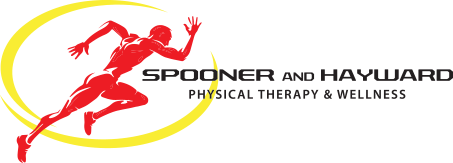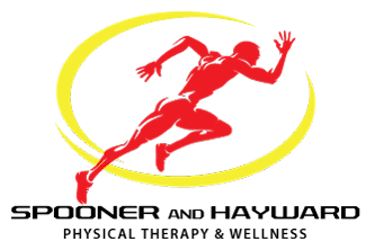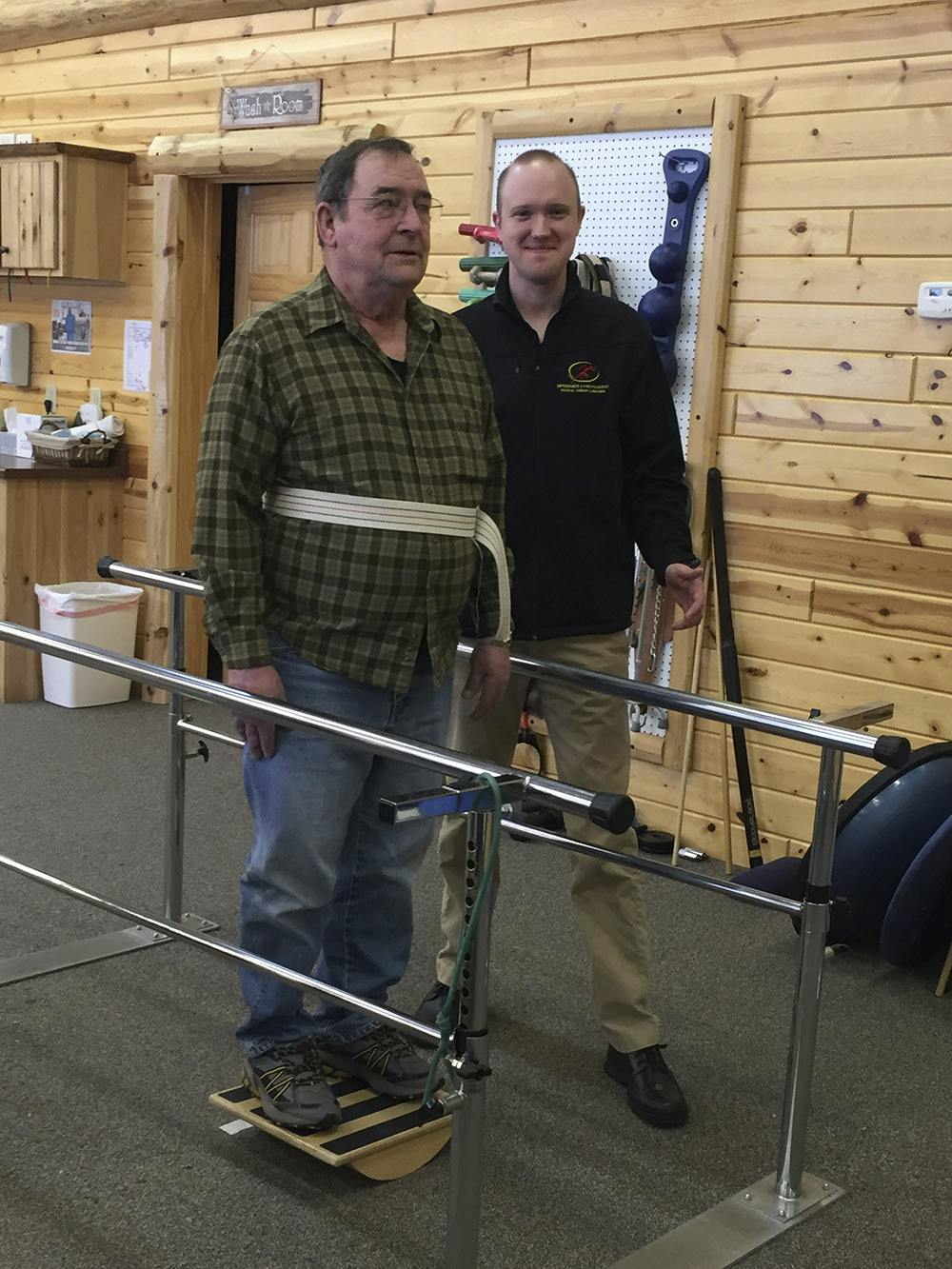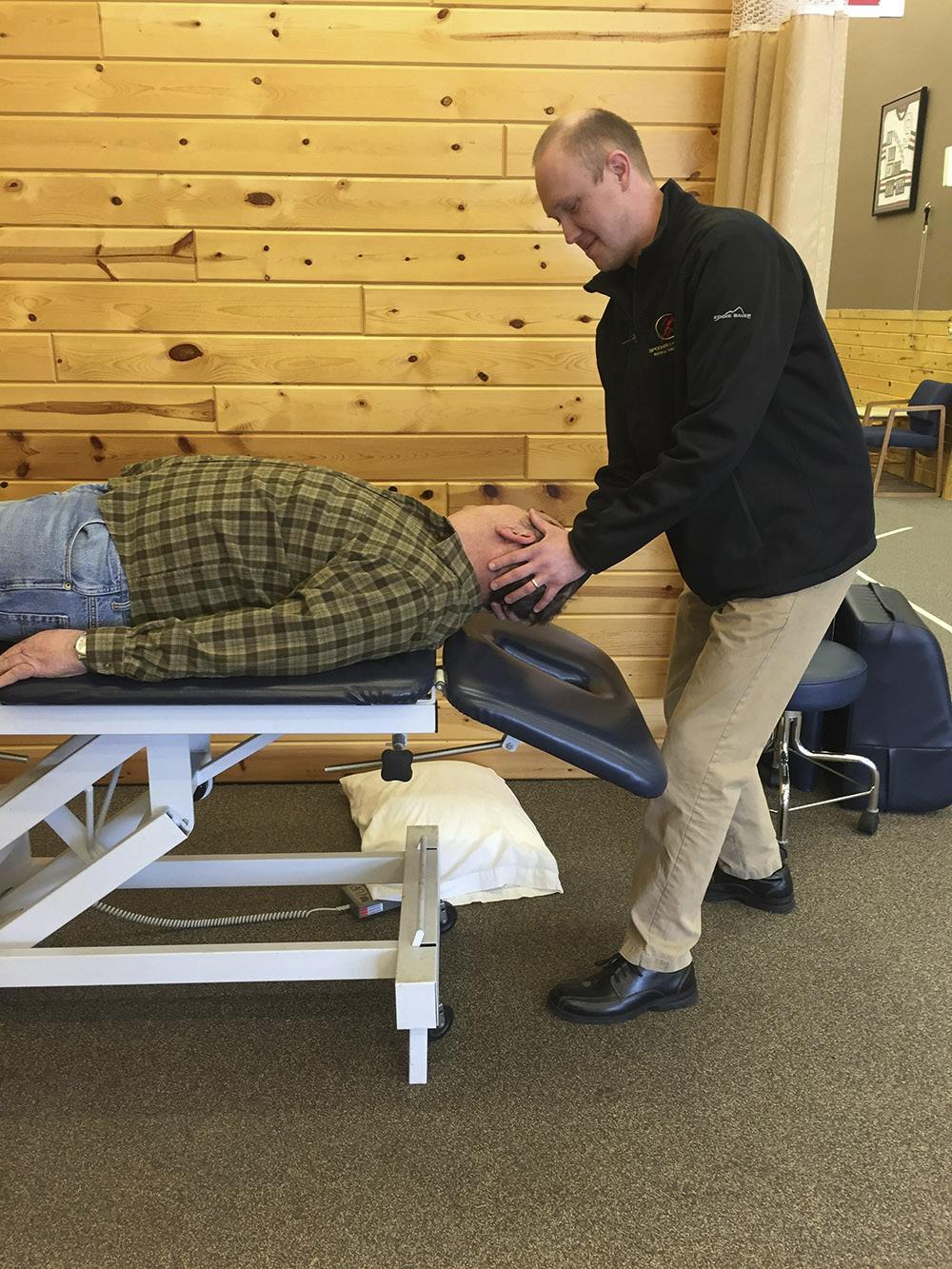Vestibular Rehab
The vestibular system plays a major role in balance, body position and spatial orientation. There are many components in the vestibular system, including:
- The peripheral receptor apparatus, the vestibular portion of the VIIIth nerve, is a set of sensory organs within the inner ear that converts head motions into neural information. It is also known as the vestibular apparatus, peripheral vestibular apparatus, peripheral vestibular system and vestibular labyrinth. But, it is most commonly called the vestibular apparatus. Many vestibular problems arise from the middle and inner ear and the vestibular apparatus.
- The central vestibular system, which consists of vestibular nuclei and cerebellum, plays an important role in motor control. The vestibular nuclei (located in the brainstem) are the cranial nuclei for the vestibular nerve. The vestibular nuclei and cerebellum receive, integrate and distribute information that fine tunes motor activities.
- The vestibulo-ocular network controls eye movements - vestibulo-occular reflex (VOR).
- The vestibulospinal network coordinates head movements, muscles in the trunk as well as head and postural reflexes.
- The vestibulo-thalamo-cortical network is responsible for self-motion-perception and spatial orientation.
When any part of the vestibular system is damaged by injury or illness, the brain can no longer rely on the vestibular system for accurate information about equilibrium and motion, which can weaken or otherwise disrupt the communication between muscles and nerves. This often results in such symptoms as:
- Dizziness/Wooziness
- Feeling Unbalanced
- Gait Instability
- Motion Sensitivity
- Nausea Related to Movement
- Unexplained Falls
- Visual Disturbances
The goal of vestibular rehab is to rebuild and strengthen the communication between the muscles and nerves using a combination of balance, strength and flexibility training known as vestibular rehabilitation therapy (VRT). Vestibular rehabilitation is a conservative, non-invasive and drug-free option to help people suffering from dizziness, vertigo, imbalance and other inner ear disorders.
Treatments may include:
- Canal repositioning maneuvers
- Exercises to improve balance and gaze ability
- Habituation exercises
- Instruction in compensatory strategies
- Instruction in home modifications
- Manual treatment of the cervical spine
Approximately 90 percent of patients show improvement from vestibular rehabilitation. If you are suffering from vertigo, dizziness, light-headedness or balance problems, contact us to request an appointment.





